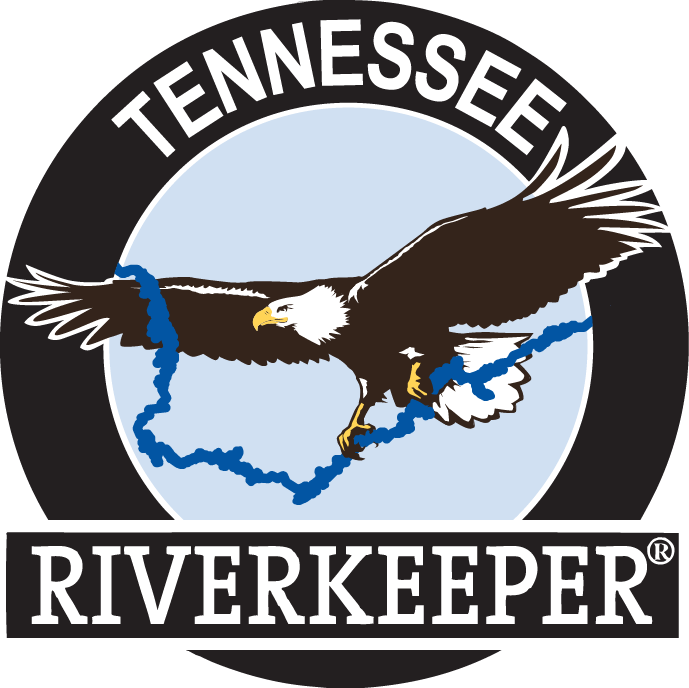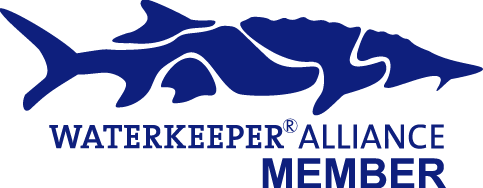Sedimentation
As in every major American river system, development is a major pollution issue in the Tennessee River watershed. New, uncontrolled development releases sediment and silt into the river and its tributaries, reducing the amount of dissolved oxygen in the water. These projects are required to use Best Management Practices (BMPs) for erosion and runoff control but they rarely implement or enforce them correctly.
Storm-water runoff is generally recognized as the single largest threat to water quality in the United States, both in rural and urban settings. Rainwater picks up pollution as it runs over manmade surfaces, polluting our swimming holes and poisoning our drinking water. Surges of rainwater that are channeled directly into our waterways through storm drains increase the magnitude of floods. Runoff from paved surfaces, development, and lawns enter storm drains and flow directly to streams untreated. Storm-water runoff alters the amount, quality, and temperature of water in our rivers and creeks.




